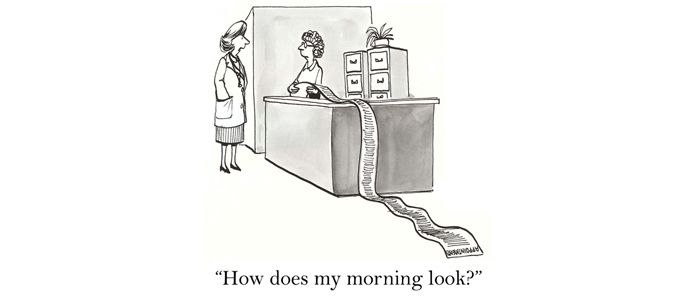- “All I seem to do is fire-fight”
- “I never get round to doing important long-term planning”
- “Someone is always knocking on my door needing something”
- “Work seems to be one emergency after another”
Do these phrases sound familiar to you? Here’s how we addressed these issues with one client:
The background
A global freight transport and logistics company had been through a major turnaround, during which they reassessed much about the business, completely altering their pricing structure and rationalising their client base. They had been in trouble, needing emergency measures and a lot of hard work to survive. An entirely appropriate culture of long hours and crisis management emerged during this period.
Why we were called in
By the time we were invited by a talented and dynamic senior director to work with his senior team, the business had enjoyed three or four years of consolidation and profitable trading. The strategy had been to use the newly consolidated base of streamlined processes to go for growth and it was paying off.
What issues were they facing?
The culture hadn’t caught up. The senior team were trapped in a loop of fire-fighting, quick-fix problem-solving, long hours, and diving into the minutiae. Other people were increasingly frustrated that there was no direction from above, and no role for them while management had its hands on every detail.
Good people started to leave and employee surveys showed morale to be very low. The senior director, as a relatively new leader from outside the company, wanted to challenge this pattern.
How did we help?
To our client contact, with his experience in other organisations, it was obvious that no-one had stopped to examine the organisation culture inherited from the old era and question its appropriateness for the new era.
Working together with the directors and senior team, we undertook the following:
- Implemented a systematic process of exposing and questioning the old era culture
- Designed with the team a set of mindsets and practices appropriate to the business’s current status and future direction
- Worked with the team to embed these practices over time, so they became “just the way we do things round here.”
Over the year following the start of this work the slow drain of dissatisfied people was reversed, senior managers turned their attention to providing long-term planning and direction, and results started to improve markedly.
[callout title=”Need help with your fire-fighting issues?” button=”Contact us” link=”/programmes/the-effective-management-toolkit/” buttoncolor=”white, yellow, orange, red, blue, green, gray, black, alternative-1, alternative-2, alternative-3″ target=”_blank or _self”]Get direction with the Leaders Lab Effective Management Toolkit[/callout]
